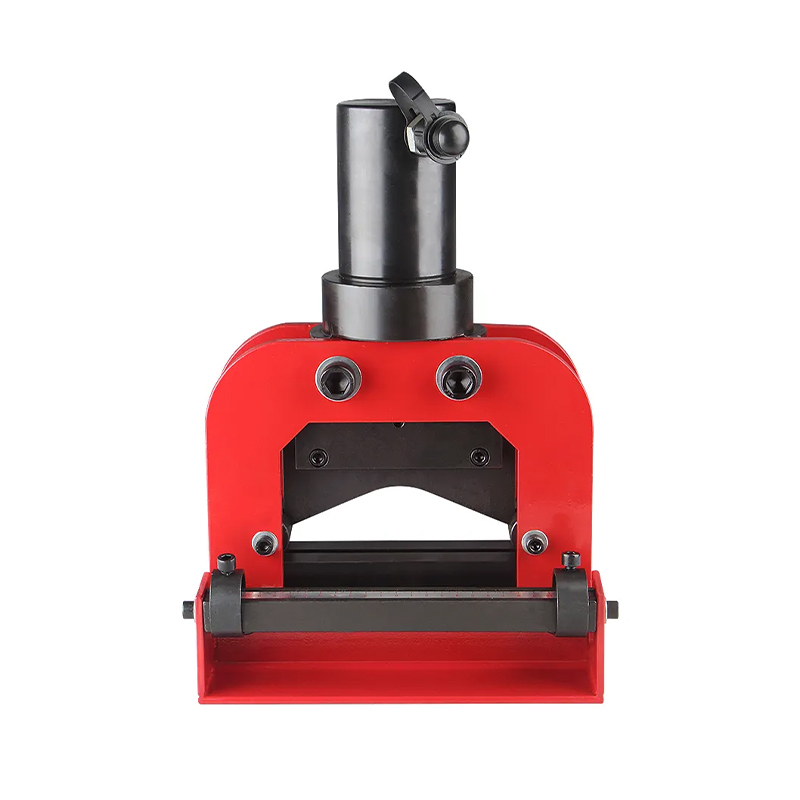



When it comes to working with metal structures, angle iron processing machines play a crucial role in shaping, cutting, and preparing angle irons for various construction and manufacturing projects. Understanding the differences among various types of angle iron processing machines can help businesses select the right equipment that fits their specific needs. This comparison highlights key features and benefits of several common types of angle iron processing machines.
One popular type of angle iron processing machine is the hydraulic angle iron cutter. This machine uses hydraulic power to cut angle irons quickly and with minimal manual effort. Hydraulic cutters are known for their precise cuts and ability to handle thicker and tougher materials. Because they reduce the physical strain on operators, they are favored in workshops where larger volumes of angle iron need to be processed. However, hydraulic machines can be heavier and require regular maintenance of the hydraulic system.
Another common machine is the manual angle iron processing machine. These machines rely on manual force to cut or shape angle irons and are often used for smaller or less frequent jobs. Manual machines tend to be more affordable and simpler to operate, making them suitable for small workshops or businesses with limited budgets. However, they may require more time and physical effort from the operator, which can affect productivity, especially with larger workloads.
Electric angle iron processing machines combine motor power with automated controls to improve efficiency. These machines often feature adjustable settings for cutting angle, length, and other parameters, allowing for greater flexibility. Electric models can handle a range of materials and thicknesses and typically offer faster processing speeds than manual options. Because of their automation, they can reduce operator fatigue and improve consistency in cutting and shaping. One consideration is that electric machines need reliable power sources and may have higher initial costs.
In some industrial settings, CNC (Computer Numerical Control) angle iron processing machines are preferred. CNC machines offer highly precise cutting, drilling, and shaping by following programmed instructions. These machines are suitable for complex or repetitive tasks where accuracy is critical. CNC machines can handle high volumes with consistent quality, reducing errors and waste. The complexity of CNC machines means they require skilled operators and maintenance staff, as well as a higher investment in equipment and training.
Portable angle iron processing machines offer mobility advantages for on-site work. These machines are usually compact and lightweight, designed to be transported easily to different job locations. Portable models may be manual, electric, or hydraulic, depending on the intended use. Their convenience comes with some trade-offs, as portable machines might not handle the same workload or thickness range as stationary units. However, for jobs that require flexibility and quick setup, portable angle iron processing machines provide practical benefits.
When comparing different types of angle iron processing machines, factors such as power source, cutting capacity, precision, portability, and ease of use should be carefully considered. Businesses should assess their typical workload, material specifications, and budget to choose the machine that best matches their operational requirements.
Maintenance and durability also play roles in the selection process. Hydraulic and electric machines may require more frequent servicing compared to manual ones but offer efficiency gains that can offset these costs. CNC machines need regular software updates and technical support, while manual machines have simpler maintenance needs.
The choice of angle iron processing machine depends on the specific demands of the project and working environment. Hydraulic, manual, electric, CNC, and portable machines each have unique strengths and limitations. By comparing these different types of angle iron processing machines, companies can make informed decisions to improve productivity, reduce operator fatigue, and ensure quality results in their metalworking processes.
Product
Plumbing Tool Crimping Tool Cable Cutter Holemaking Pump Cutting,Bending,Punching Tool Cylinder Cable Stripper Pipe Bender Angle Iron Processing Machine Other Tools

Keep In Touch
